A selection of trees by the bay that looked interesting in the sunlight. I thought the long grass underneath the trees looked very wispy where the sunshine was coming through.



Creative Exploring
A selection of trees by the bay that looked interesting in the sunlight. I thought the long grass underneath the trees looked very wispy where the sunshine was coming through.



Pelicans fly through the air, dive into the ocean but sometimes they just want to sit and be.
They are very chilled out birds but it was a triumph for me to capture these images without disturbing their rest.
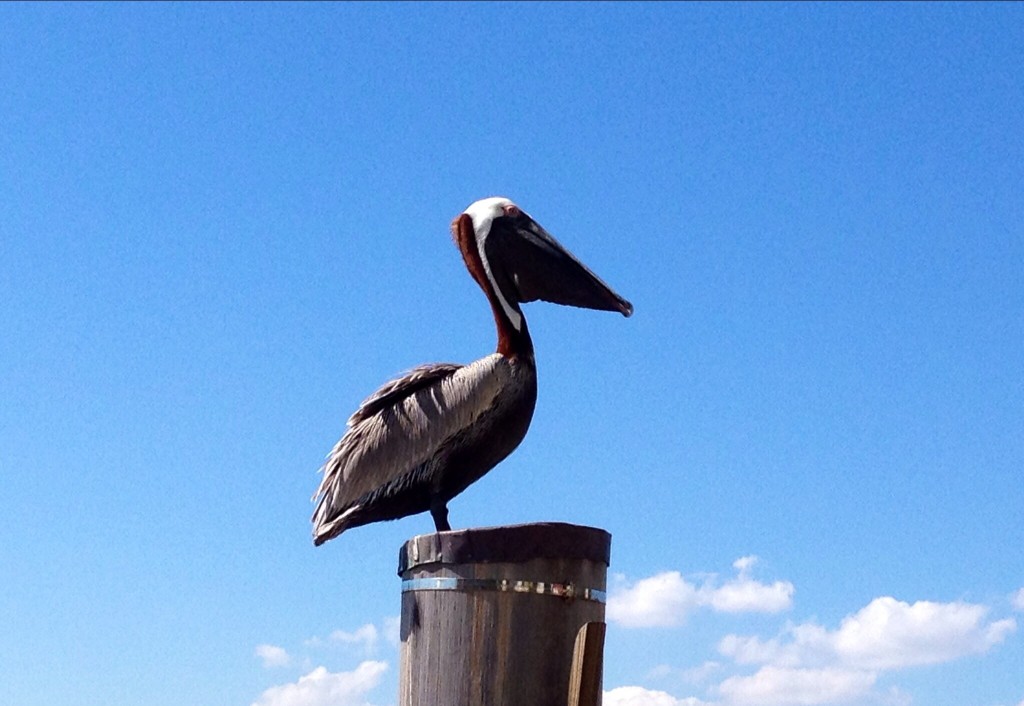
Dixon Lanier Merritt (1879–1972) was an American poet and humorist. He was a newspaper editor for the Tennessean, Nashville’s morning paper, and President of the American Press Humorists Association. He penned this well-known limerick in 1910.
A wonderful bird is the pelican,
His bill will hold more than his belican,
He can take in his beak
Enough food for a week
But I’m damned if I see how the helican!or:
A funny old bird is a pelican.
His beak can hold more than his belican.
Food for a week
He can hold in his beak,
But I don’t know how the helican.
The limerick was inspired by a post card sent to him by a female reader of his newspaper column who was visiting Florida beaches. It is often misattributed to Ogden Nash and is widely misquoted as demonstrated above. It is quoted in a number of scholarly works on ornithology, including “Manual of Ornithology: Avian Structure and Function,” by Noble S. Proctor and Patrick J. Lynch, and several others.
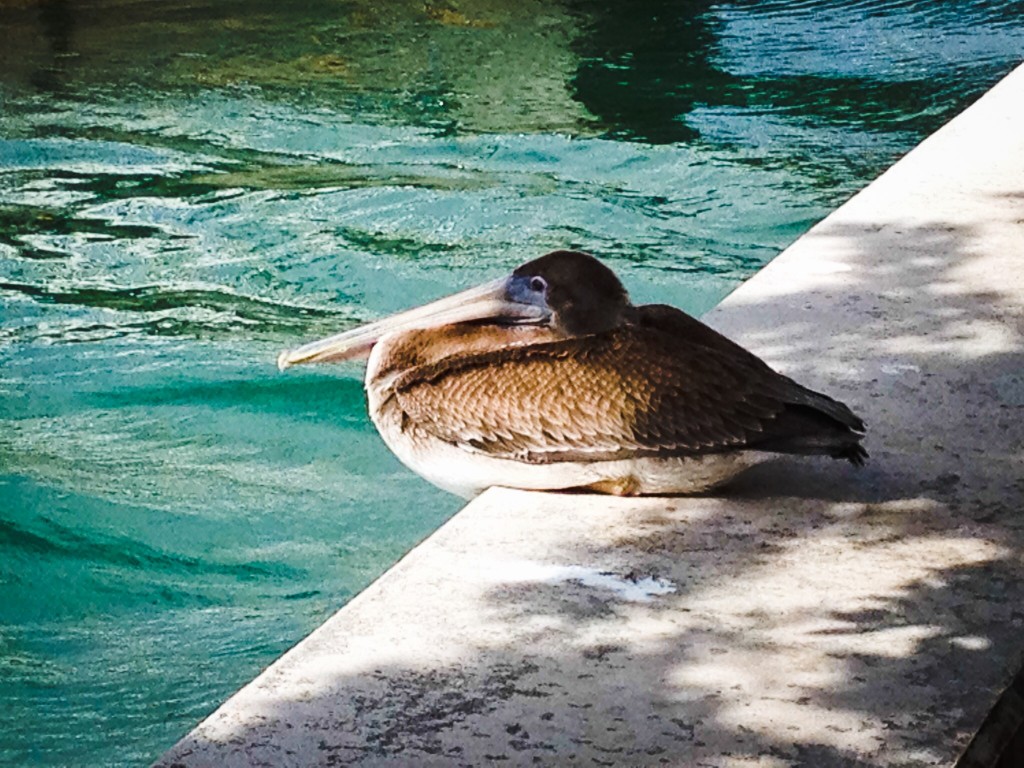
Today, let’s walk in the footsteps of masters like Ansel Adams and focus on landscape photography.
Landscapes generally focus on wide, vast depictions of nature and all of its elements, from formations to weather. In this genre of photography, you won’t find much of a human presence: nature itself is the subject.
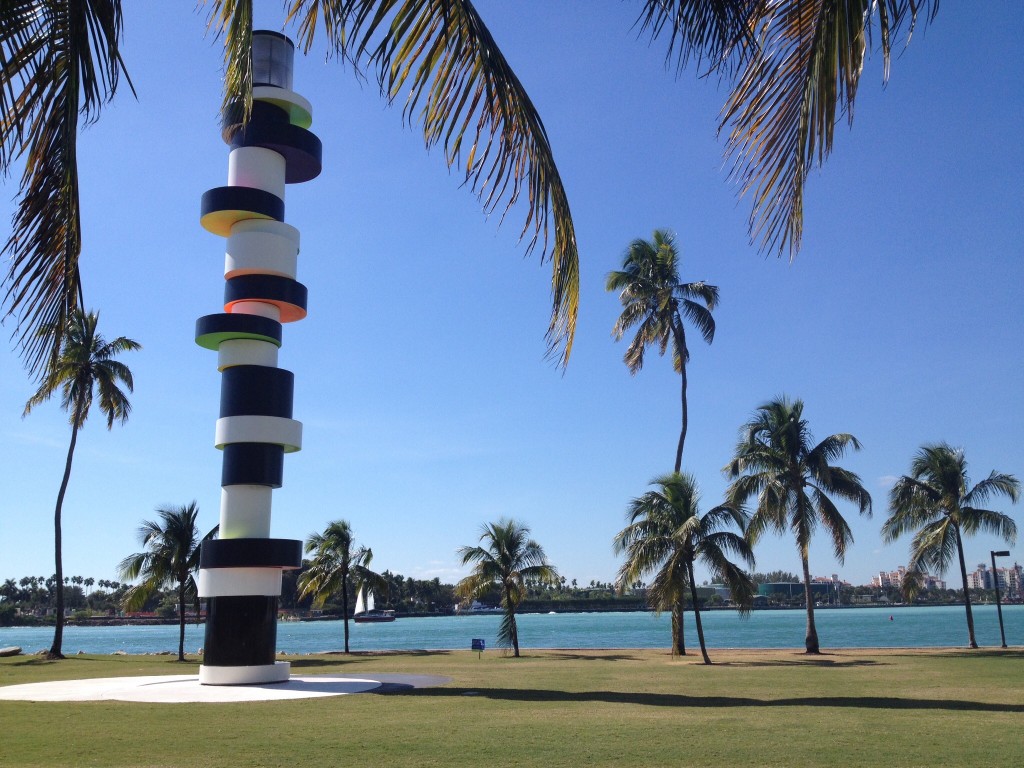
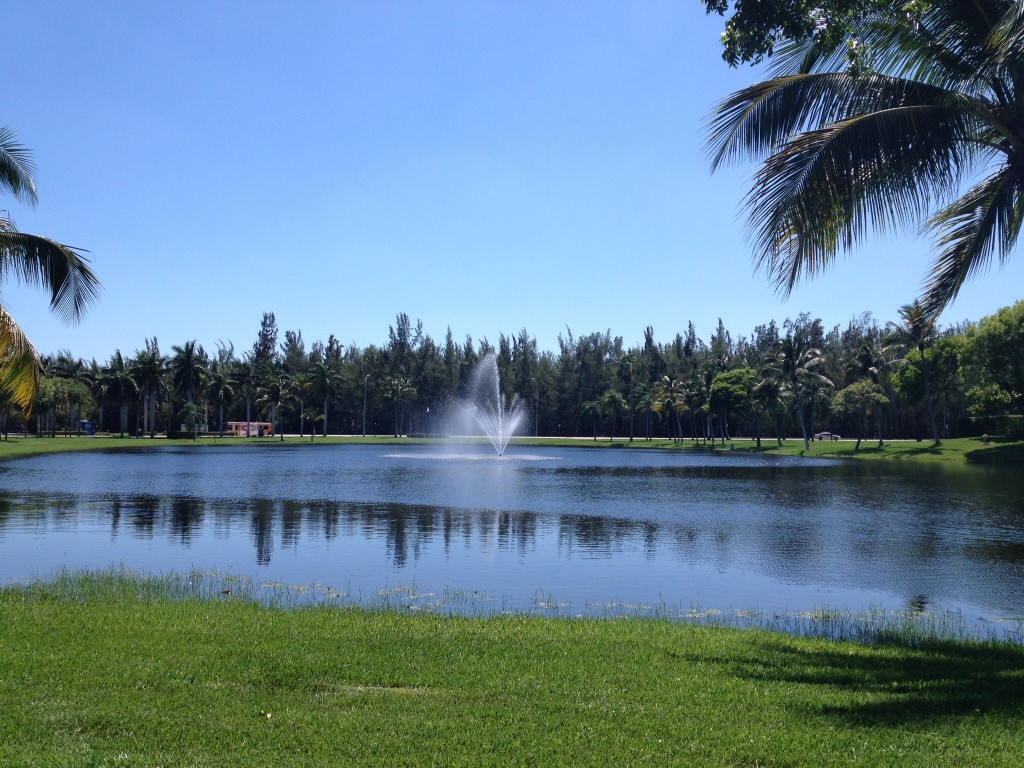
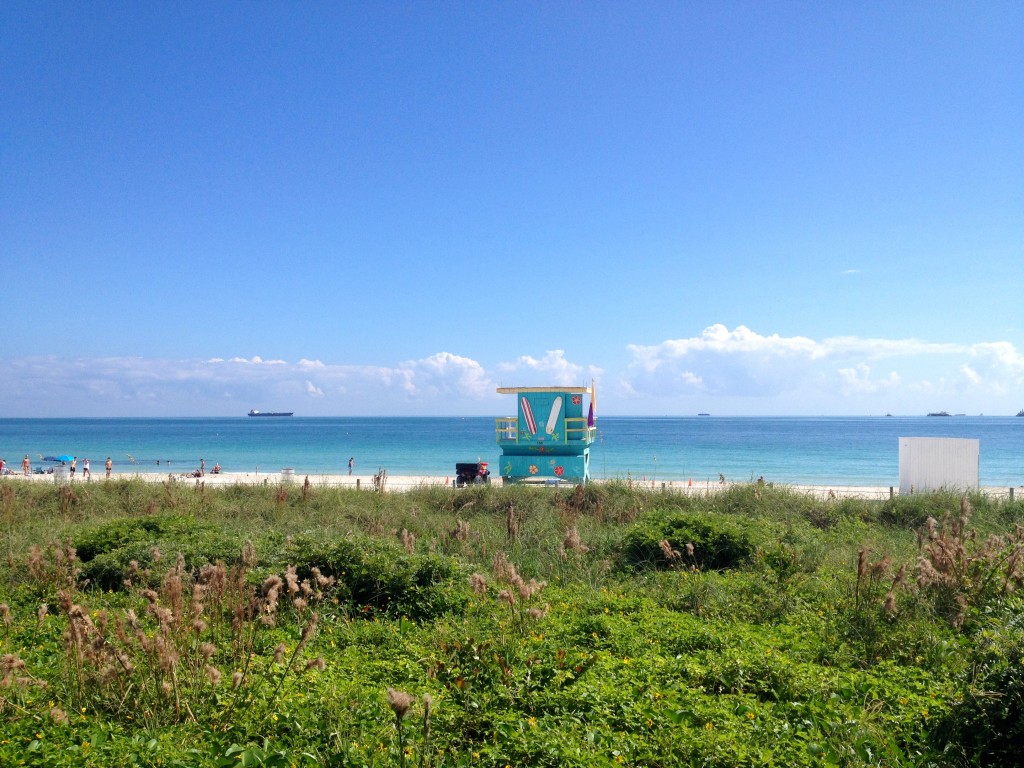
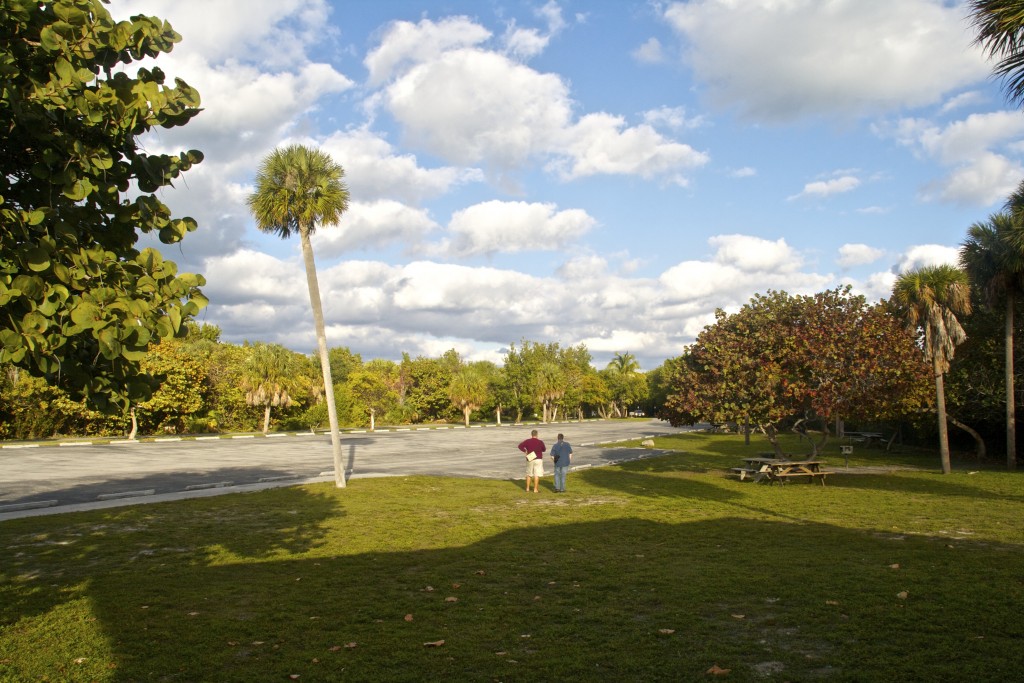
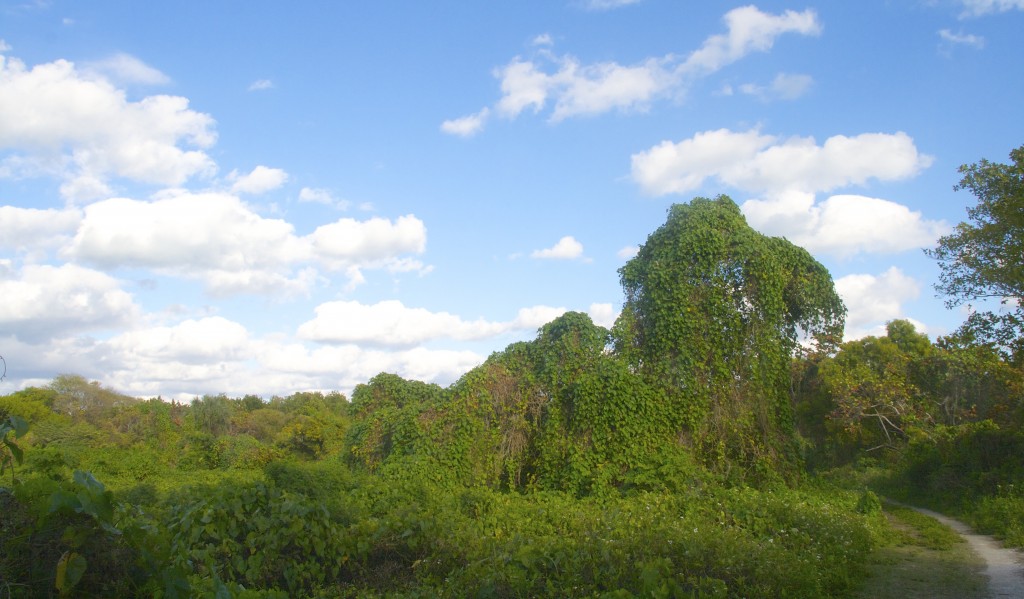
Our lives are made up of big events and tiny moments. Ultimately, life is fleeting, and often it’s these small moments we love to document.
I was so lucky to be facing the right way and have my camera ready just as this heron took flight. Look at all those feathers and the size of his wings.
As there was no planning or set-up – it all happened very fast – it’s not the best focus in the world but I’m still pleased with the results. I would have loved a blue sky too but once I’d looked at the picture, the grey sky actually makes the white bird stand out more.

Off he goes

The colors in our photographs are evocative and rouse emotions within us. Color can elevate a mundane image into something intriguing and meaningful, and can tell a particular story within the frame.

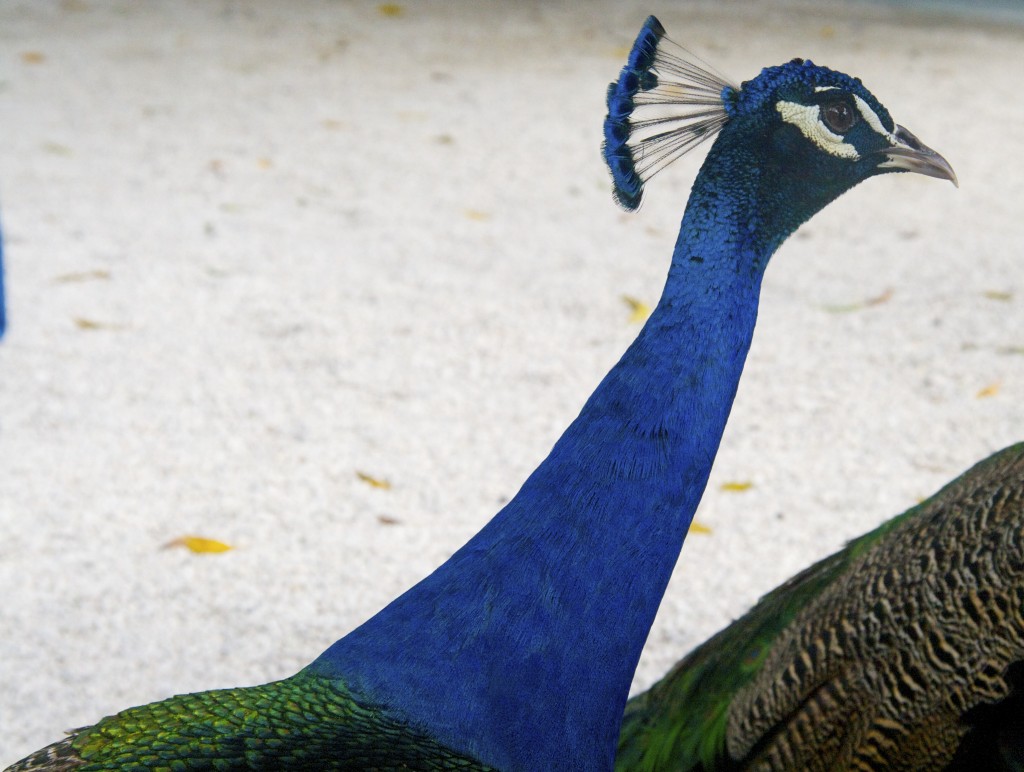
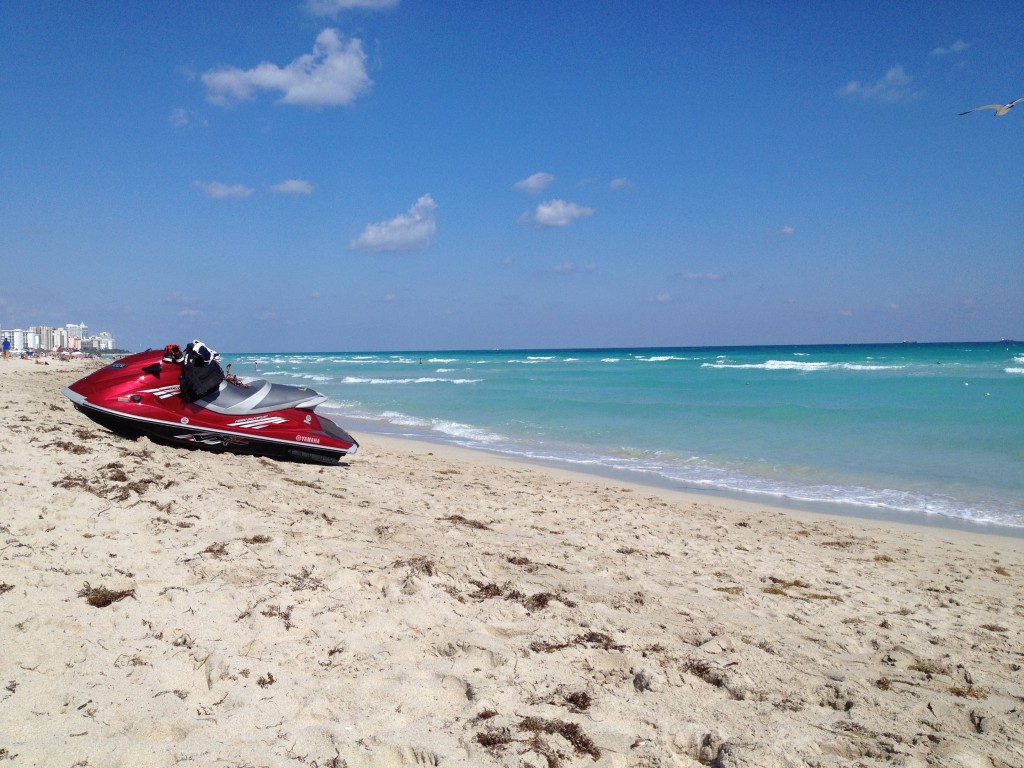
Light makes photographs more interesting and over this weekend, as part of the Photo101 assignments, we’ve been asked to look at the quality of light. How light varies throughout the day.
Depending on what time of day you take your picture will have an impact on the final result.
Factors can change these conditions, including weather, location, and the time of year.
Here is a selection of photos I have taken at various times of the day to illustrate what light can do to make even the simplest of photos something more interesting.





If you would like to see more photos experimenting with light, please check out my post – Quality of Light – Part II
A good photographer is a constant observer: always watching and studying a scene, from patterns in city traffic to movements in nature. A photographer notices big, sweeping changes — like the sky at dusk — but also the tiniest details.
Exploring the outdoors, with camera in hand, is an opportunity to look for natural lines that lead our eyes to different parts of a frame. Envision the bend of a stream, or the curve of a petal: how can you use these lines in your composition? If you see strong vertical, horizontal, or diagonal lines, can you play with the orientation to create a more dynamic composition?
The Natural World
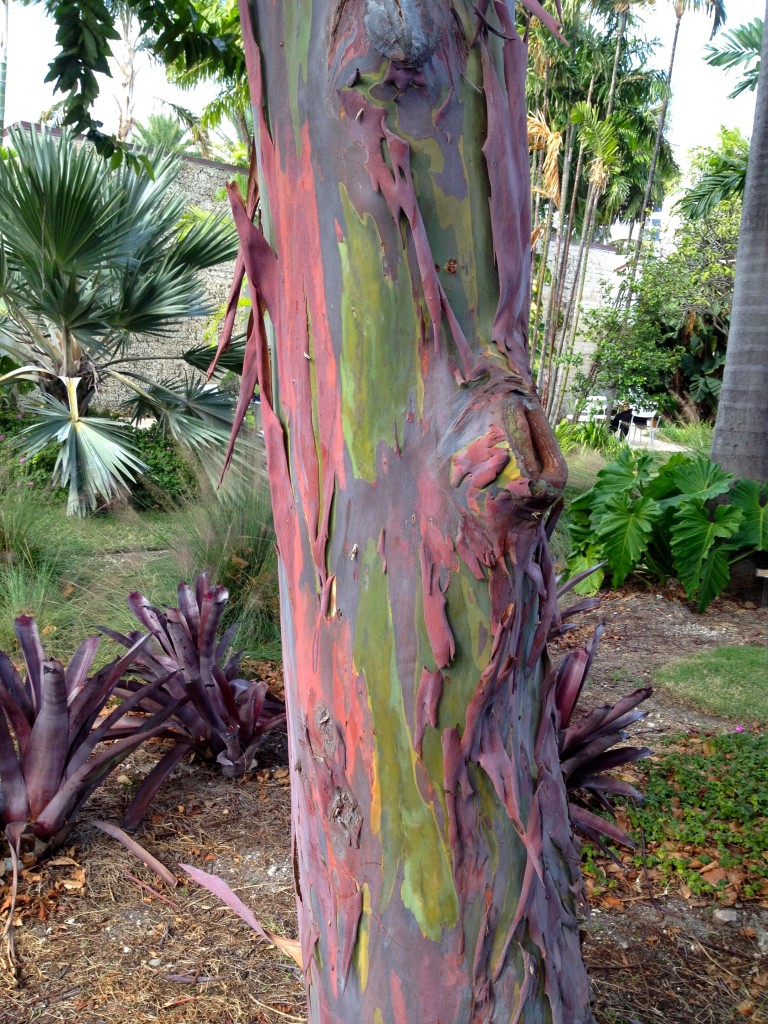
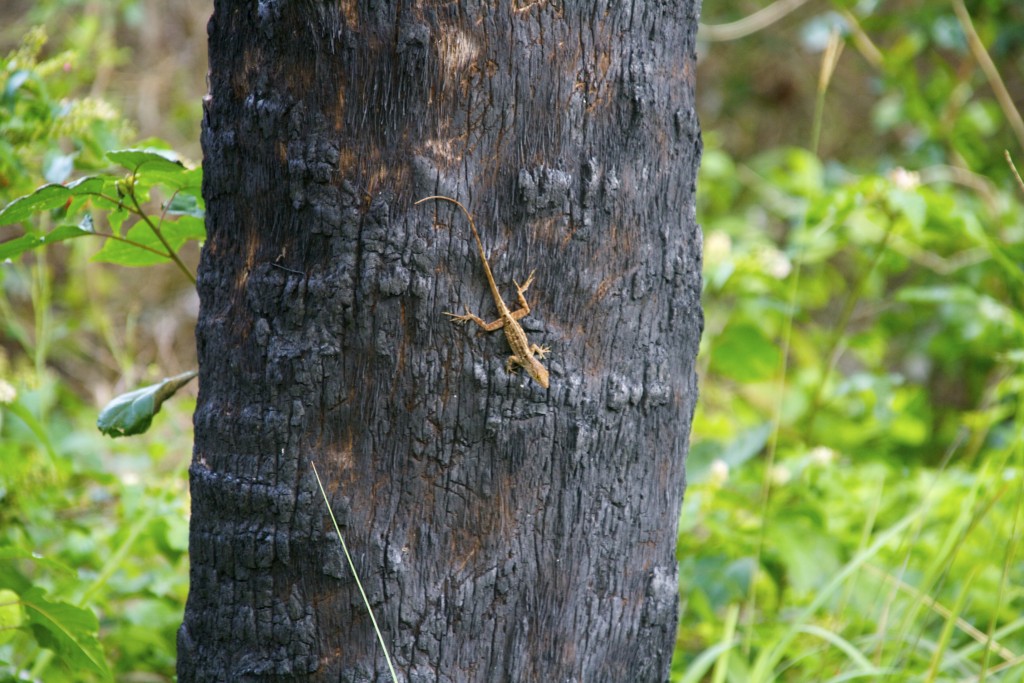
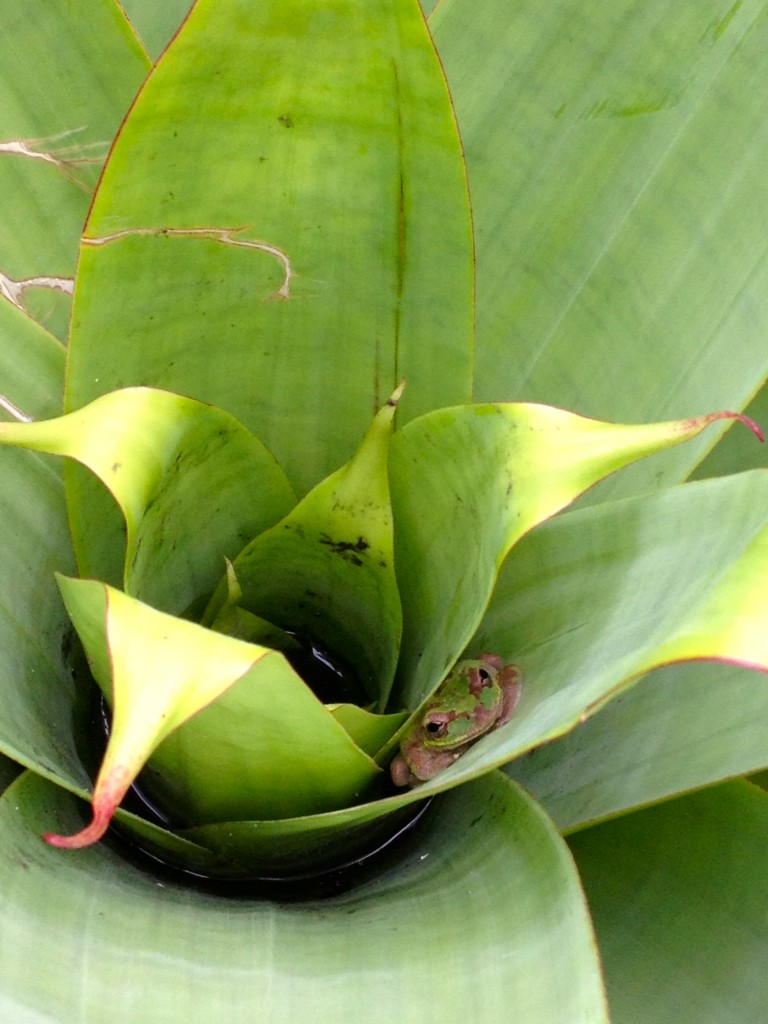
In this age of social media, we hear the word connect more often, don’t we? Connect with us on Facebook! Connect with me on LinkedIn! Given what today’s technologies can do, it feels like the world is getting smaller, and we’re more connected than ever before.
There are many ways to interpret this theme: from a gadget to a handshake, from a bridge to a gathering among friends. What’s yours?
Today I’m connecting with nature – here are a few subjects who were not too shy to connect with me.
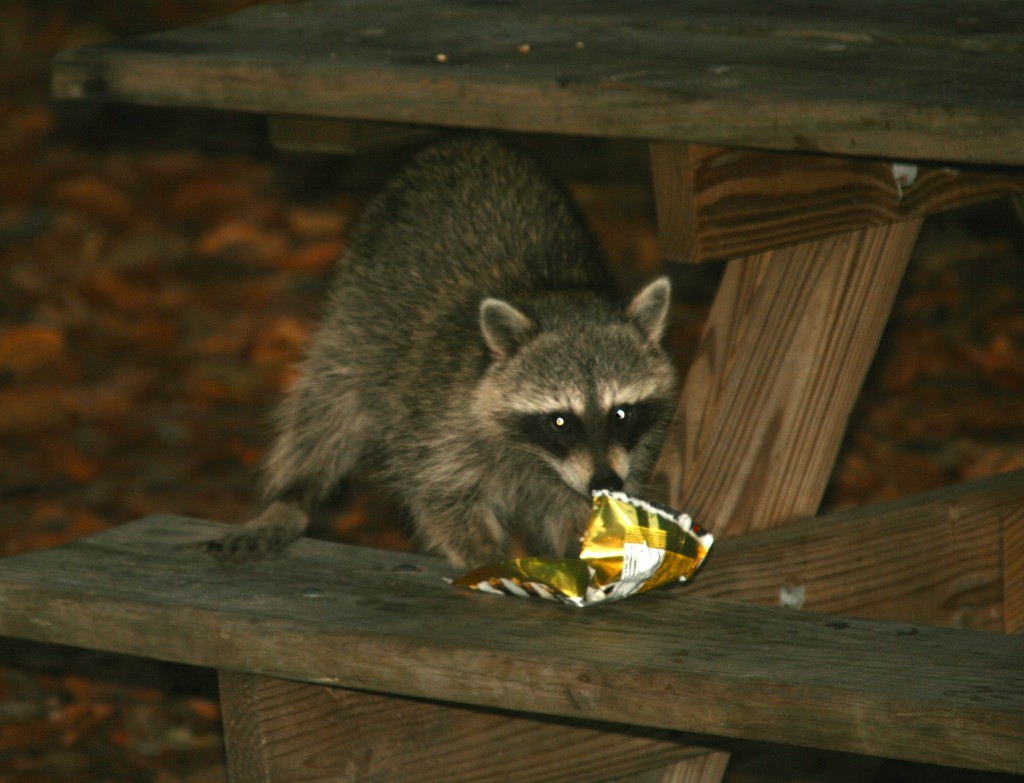
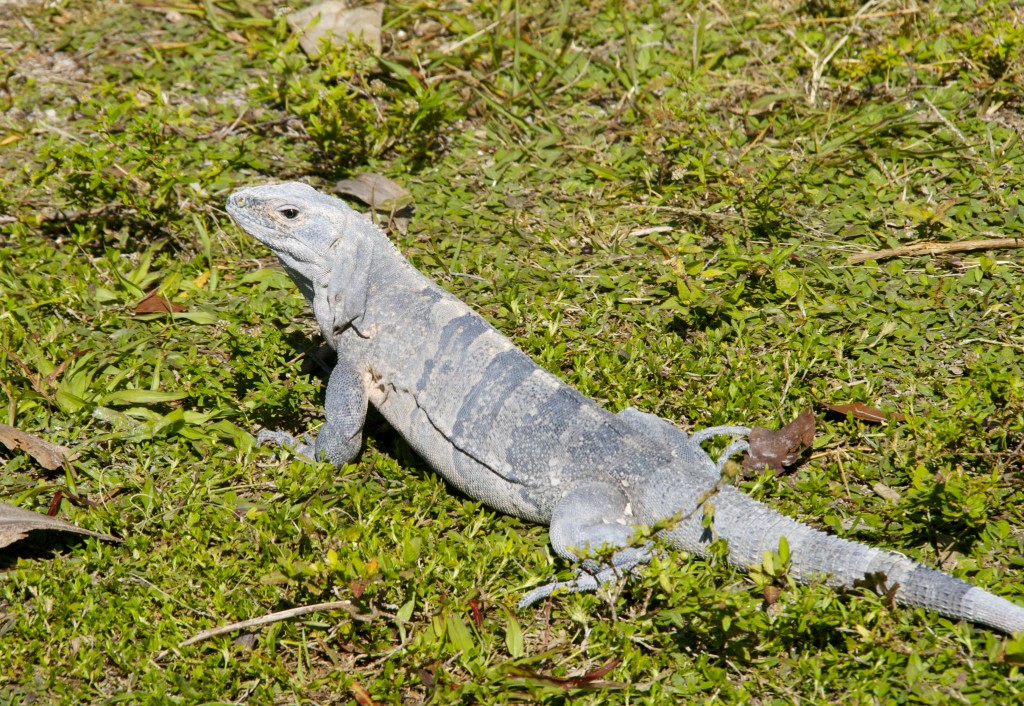
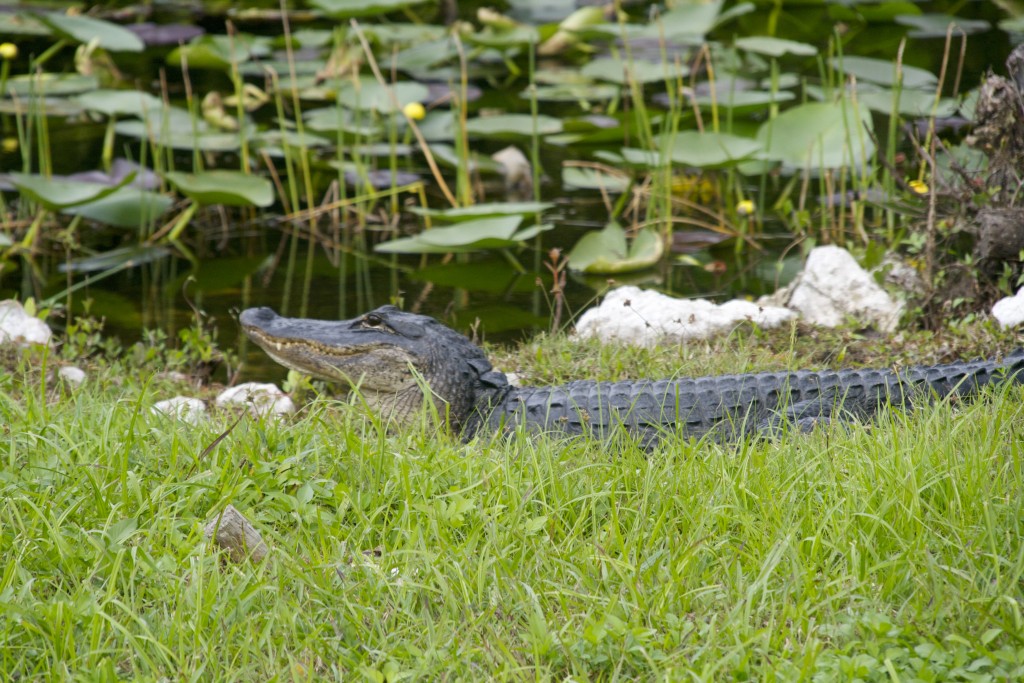
Today’s assignment for photo101 is to depict Solitude.
My photo shows a solitary tree reaching up through the undergrowth.

Even though there is a lot of nature in this photo, the fact it is the only tree of its kind hopefully depicts the feeling of being in a solitary state.
From time-to-time in the relative calm of Miami Beach you will suddenly hear raging squawks that sound a bit like hysterical laughter. Looking up you will see three or four green birds flying above. Yes, they even “talk” noisily during flight. Occasionally you will see them sitting quietly together on overhead wires but they can’t keep quiet for very long. I guess they have a lot to say and want to tell everyone and anyone who will listen how super happy they are. Why wouldn’t they be…they live in Miami.
I’ve been calling them wild green parrots for a while but I have recently found out that they actually called Mitred Parakeets. I’ve been referring to them as wild green parrots as they are considered feral but I like my description better.
They were imported into the U.S. in vast quantities, around 140,000 birds, from South America in the 1980’s. They settled in New York, Los Angeles and Miami and can still be seen in those areas today.
Have they migrated anywhere else? Have you spotted any Mitred Parakeets in your neighborhood?

The Mitred Parakeet (Psittacara mitrata), also known as the Mitred Conure (Aratinga mitrata) in aviculture, is a species of green and red parrot in the Psittacidae family. It is native to the forests and woodlands in the Andes from North-Central Peru, South through Bolivia, to North-Western Argentina with introduced populations in California, Florida and Hawaii
They are such pretty birds but extremely loud for their size which can be quite a surprise. You definitely hear them before you see them! Their feathers are bright tropical green with patches of red and occasional yellow flecks. They are nosy and social birds as you can generally spot them in pairs or small groups.
Here are some pictures I’ve managed to capture of our feathery friends:-






They tend to disappear around November time and return Feb/March.
I’m not sure where they go during that time but it’s nice to have them back.
If you are interested in finding out more about the Mitred Parakeet or Mitred Conure please check out the following links:-